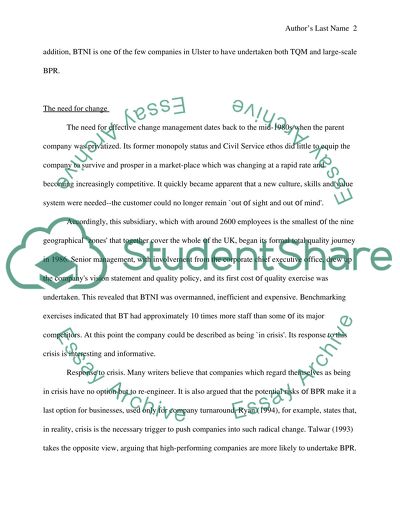Cite this document
(“International Business - Change Management Case Study”, n.d.)
International Business - Change Management Case Study. Retrieved from https://studentshare.org/miscellaneous/1513880-international-business-change-management
International Business - Change Management Case Study. Retrieved from https://studentshare.org/miscellaneous/1513880-international-business-change-management
(International Business - Change Management Case Study)
International Business - Change Management Case Study. https://studentshare.org/miscellaneous/1513880-international-business-change-management.
International Business - Change Management Case Study. https://studentshare.org/miscellaneous/1513880-international-business-change-management.
“International Business - Change Management Case Study”, n.d. https://studentshare.org/miscellaneous/1513880-international-business-change-management.


